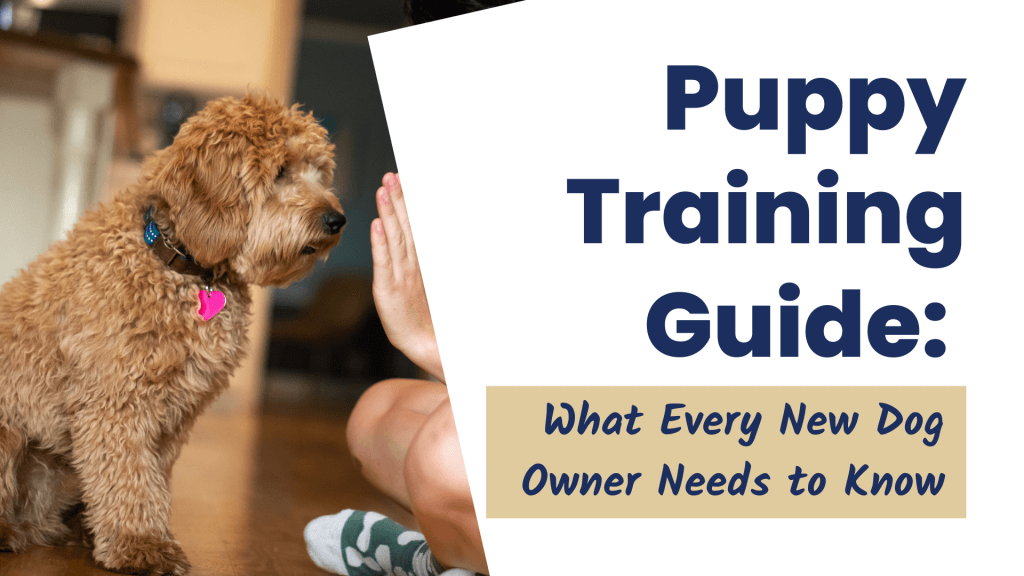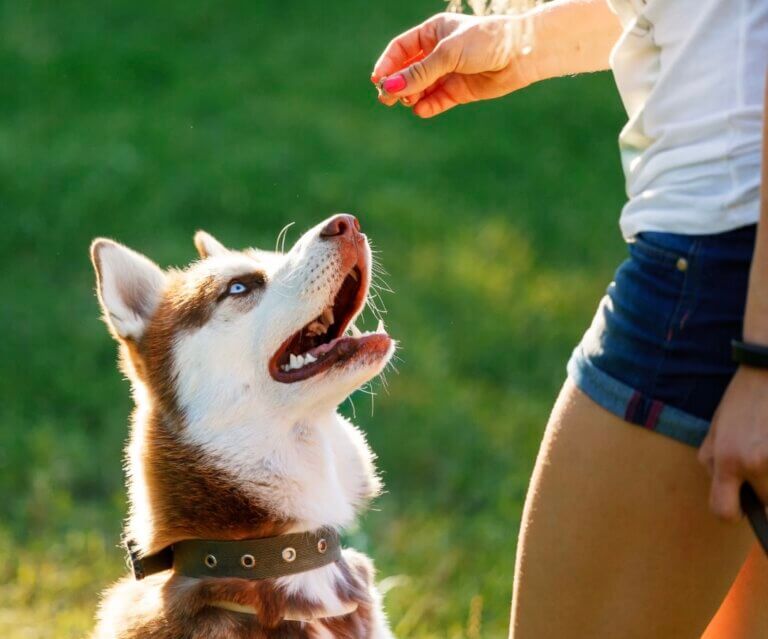If you’re a dog enthusiast, you probably heard that puppy training is essential when it comes to having a well-behaved dog…
But the thing is, it isn’t easy to figure out where to start.
Thankfully, there are resources available to get you on the right track.
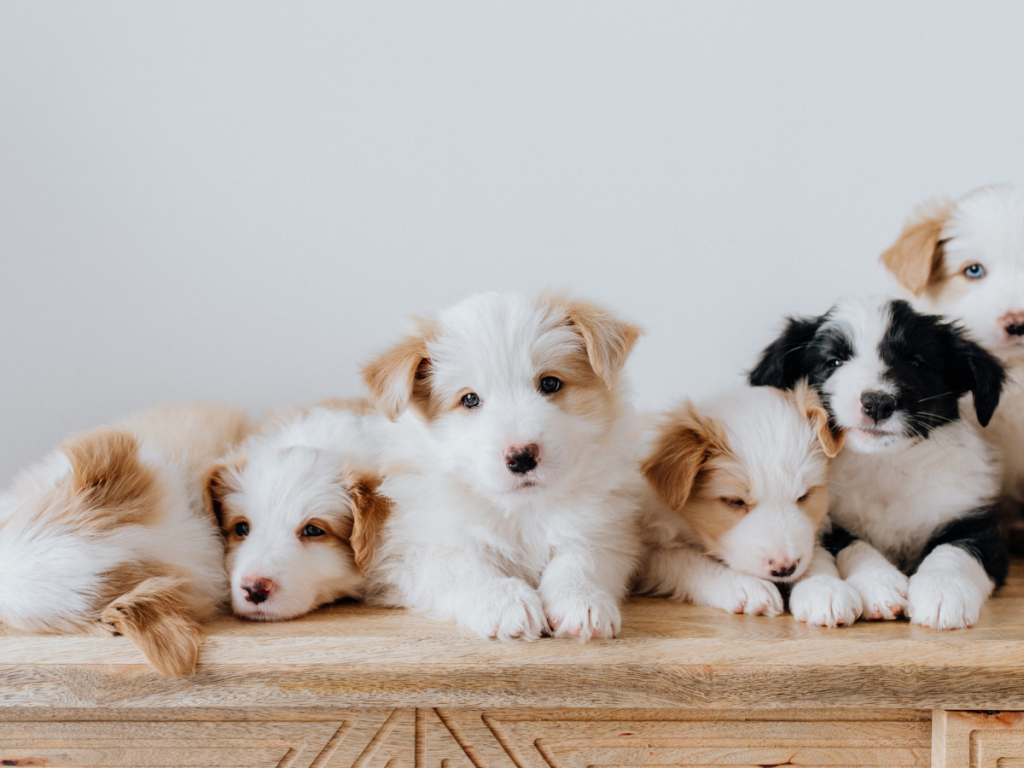
So, let us go over some basics of puppy training for beginners and provide a guide you can follow
Right now, you will learn more about what you must understand as a new dog owner so you can set your puppy up for success
Getting Ready
The first step is getting your house ready for your pup.
It includes setting up a safe and welcoming space and getting all the supplies you’ll need like food, toys, collar, leash, crate, and more.
If you have other pets, it’s also vital to prepare to make sure everyone gets along.
Now Let’s Talk About Feeding And Caring For Your New Puppy…
One of the most important things you’ll need to get for your new puppy is food.
What you can do is to find out what your puppy has been eating at the breeder’s home or the rescue they came from and get them to eat that food.
And then you can consider gradually switching to other brands. The point is that you can help your puppy adjust to a new food.
We also recommend you consult with your veterinarian to ensure you make the best choices for your pup according to their specific breed and age.
Aside from feeding them, you’ll need to do other things to take care of your puppy, including exercise and taking them to the vet for regular check-ups and vaccinations.
Now, after making sure your home is all good, it’s time to start training!
Basic Obedience Training
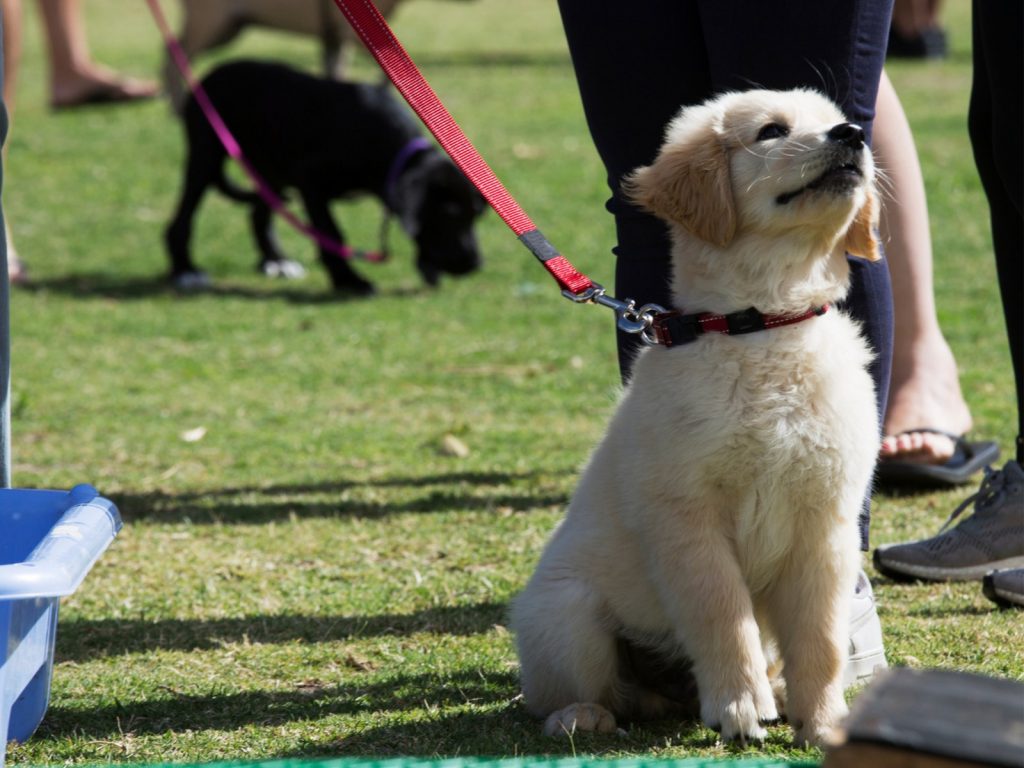
One of the frequently asked questions is what would be the first thing you should train your puppy?
And the answer to this question may vary depending on who you ask.
But the most common response is?
Basic obedience commands.
You see, every puppy should know some fundamental obedience instructions…
The three most fundamental obedience commands are: ‘Sit’. Stay’, and ‘Come’.
Let’s go through this one by one…
Sit: This is a simple command you can effortlessly teach your pup using treats or toys.
You can do this by holding a treat in front of your puppy’s nose and simply say the word “sit.
Then you can raise your hand and the treat until the dog’s head follows it. You will notice his butt will naturally fall to the ground when he sits down because of this.
When he’s in a seated position, say the word “sit” and give him the treat and praise him enthusiastically.
Practice this several times a day. Remember that to learn any basic command, repetition is essential.
Stay: Teaching your puppy to ‘stay’ is a bit more difficult to teach. When your dog mastered the sit and down, this is the next command you will want to teach him,
This is important when you need your puppy to stay put in one place while you are doing something else.
Move away from your dog and get him into a sitting down posture. Hold up one hand and say “stay” as you walk away.
If he moves out of the sit or down position, go back toward him and start again. The moment he stays in place, reinforce or praise him by giving him a treat.
Come: This is really a crucial command that can help keep your puppy safe.
When you’re at home, teach your pup this command by having someone hold him in one room while you go to the end of the house or somewhere else.
Make it a habit to call his name and then say the word “come”. What you can do is to be a bit more enthusiastic as you call him and when he hears your voice, he will come towards you and make sure you reward your dog as a form of positive reinforcement.
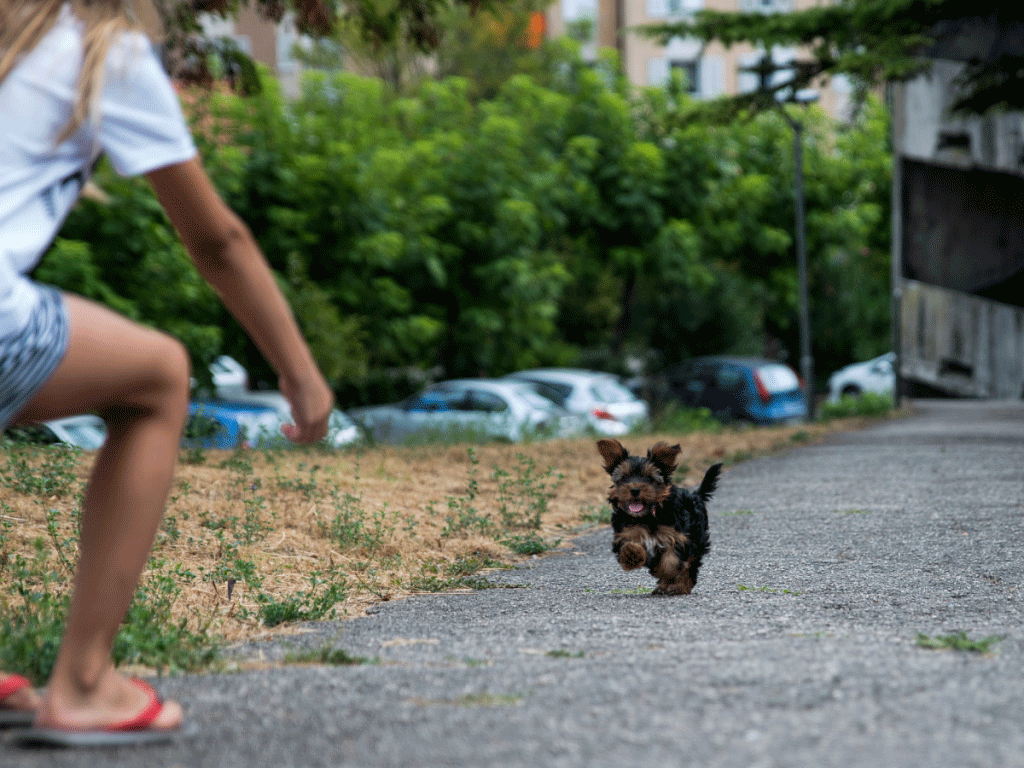
These are just a few tips on how to train your puppy using basic obedience commands.
Needless to say, these commands are necessary for everyday life and will help you communicate better with your pup.
Who wouldn’t want a well-behaved puppy who knows how to follow such basic commands, right?
Another form of activity you can do in relation to basic commands is to train your puppy to walk on a leash so they can walk by your side instead of pulling you along.
It is a basic skill your pup should know, and it’s a fantastic way to facilitate good behaviour early.
Next…
Crate Training
One of the most crucial parts of puppy training is this one.
Crate training is essential for housebreaking and obedience training.
It may look a little overwhelming and daunting at first, but it’s actually not as bad as it seems.
In fact, crate training can benefit both you and your puppy in several ways.
Some of the advantages of crate training your puppy include:
- It can help with potty training
- Provides a safe space for your pup
- It can be an effective way to prevent separation anxiety
- PLUS, it can also help them to avoid destructive behaviours.
In our previous blog post, we went over the basics of crate training and how to get started.
You can check it out here.
Puppy Training by Age
Another common question we get asked is this…
“How do I train my 8-week-old puppy?”
Well, the general recommendation is to start with basic obedience commands like sit, stay, come, down, etc.
The reason is that these commands are relatively easy to learn and master for puppies.
Again, the general recommendation is to start with basic obedience commands like sit, stay, come, down, etc.
The reason is that these commands are relatively easy to learn and master for puppies.
Not to mention, they are also beneficial in everyday life.
And as your puppy gets older, you can start teaching them tricks and more complex behaviours.
The key is to make sure they start young. You also need to make sure that each training session must be fun and optimistic!
Lorem ipsum dolor sit amet, consectetur adipiscing elit. Ut elit tellus, luctus nec ullamcorper mattis, pulvinar dapibus leo.
Puppy Timeline Training
Here is a general and basic timeline for puppy training:
8 weeks old: Your puppy’s short-term memory will start to develop, and they will be able to start learning basic obedience commands.
They can also start to socialise at this stage.
12 -16 weeks old: Your puppy’s bladder control is better, so this is the perfect time for crate training.
6 months old: This is where dogs can start walking for at least 20 -30 minutes a day.
9-12 months old: You can start teaching your puppy tricks and more complex behaviours.
Keep in mind that this timeline is just a general guide.
Each puppy is different and will learn at its own pace.
The game-changer is training them right from the start!
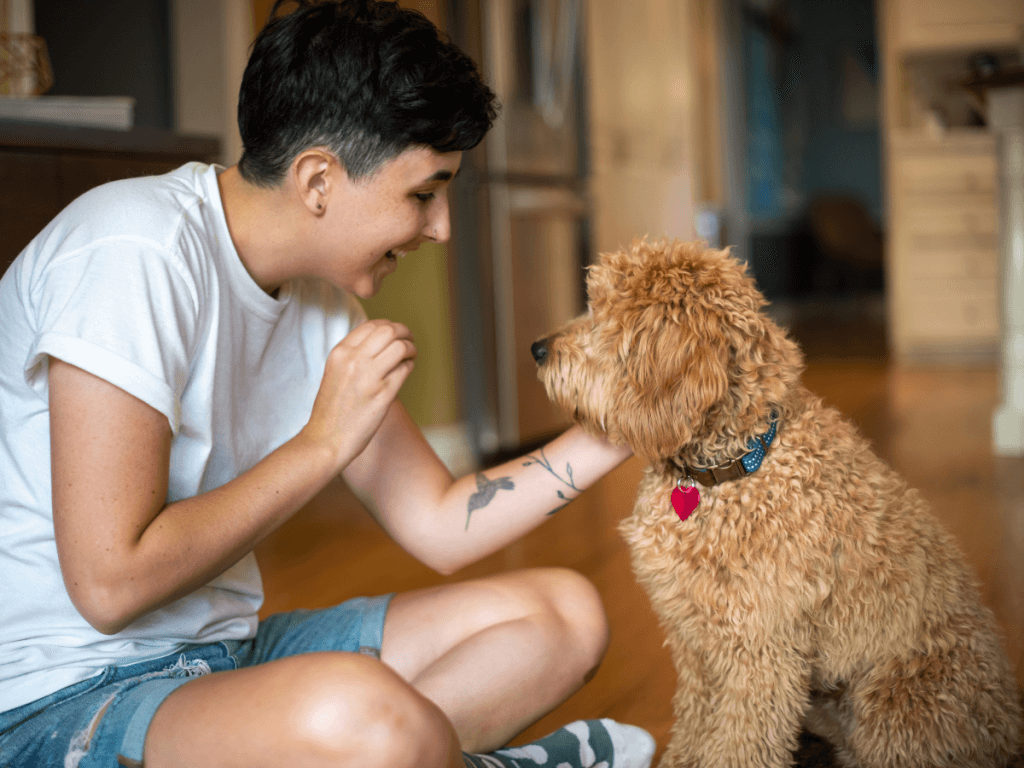
There you have it!
That was just our quick and easy guide to puppy training.
If you need a helping hand, then feel free to contact our professional puppy trainers or book with our puppy training school!
We’re always happy to help.
We have world-class trainers you can rely on to ensure your puppy will get the best start in life.
You can check the best packages we have for puppy training right here.
Again, that’s a wrap!
We hope you found this post helpful and that you’ll be able to use these tips to train your pup effectively.
